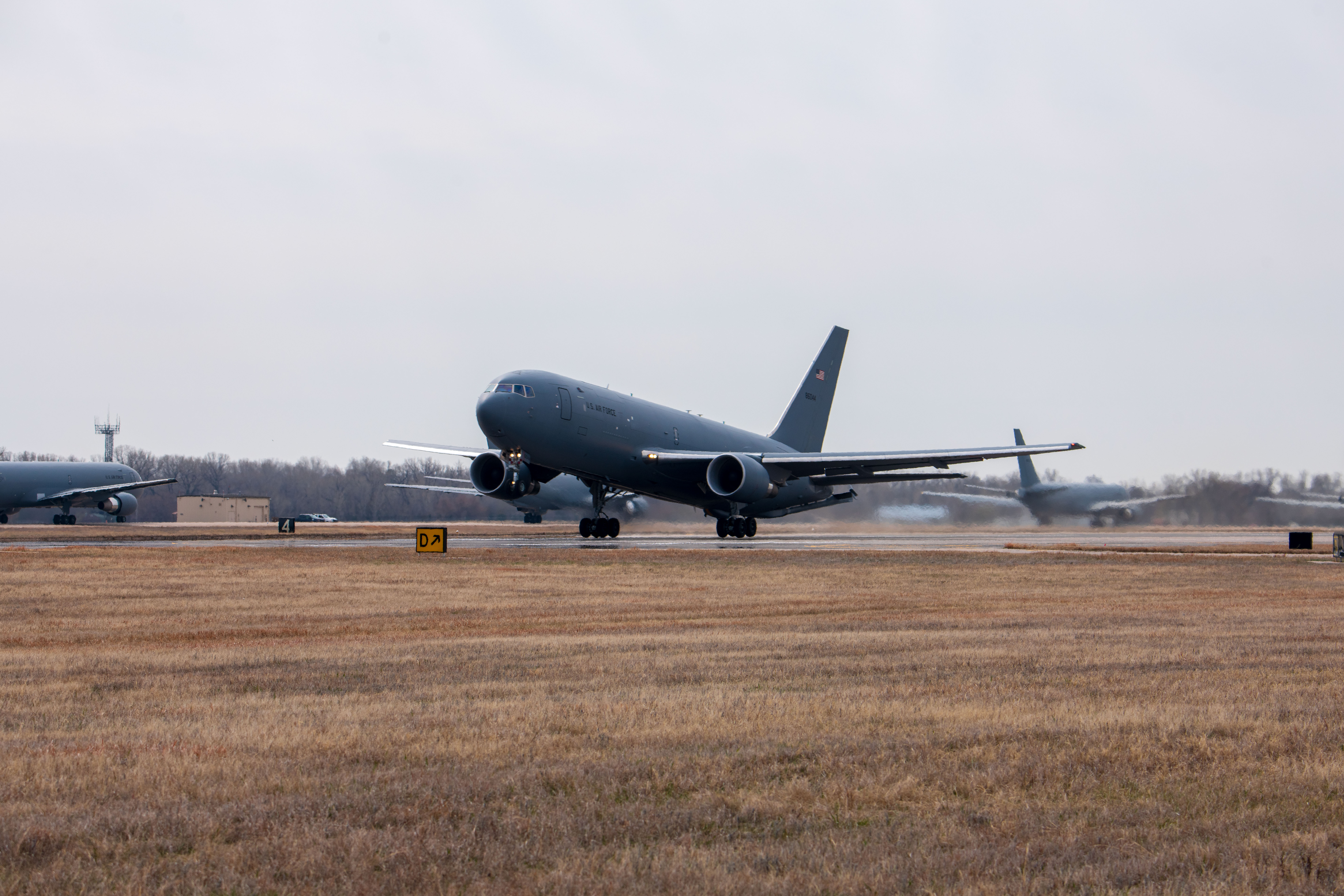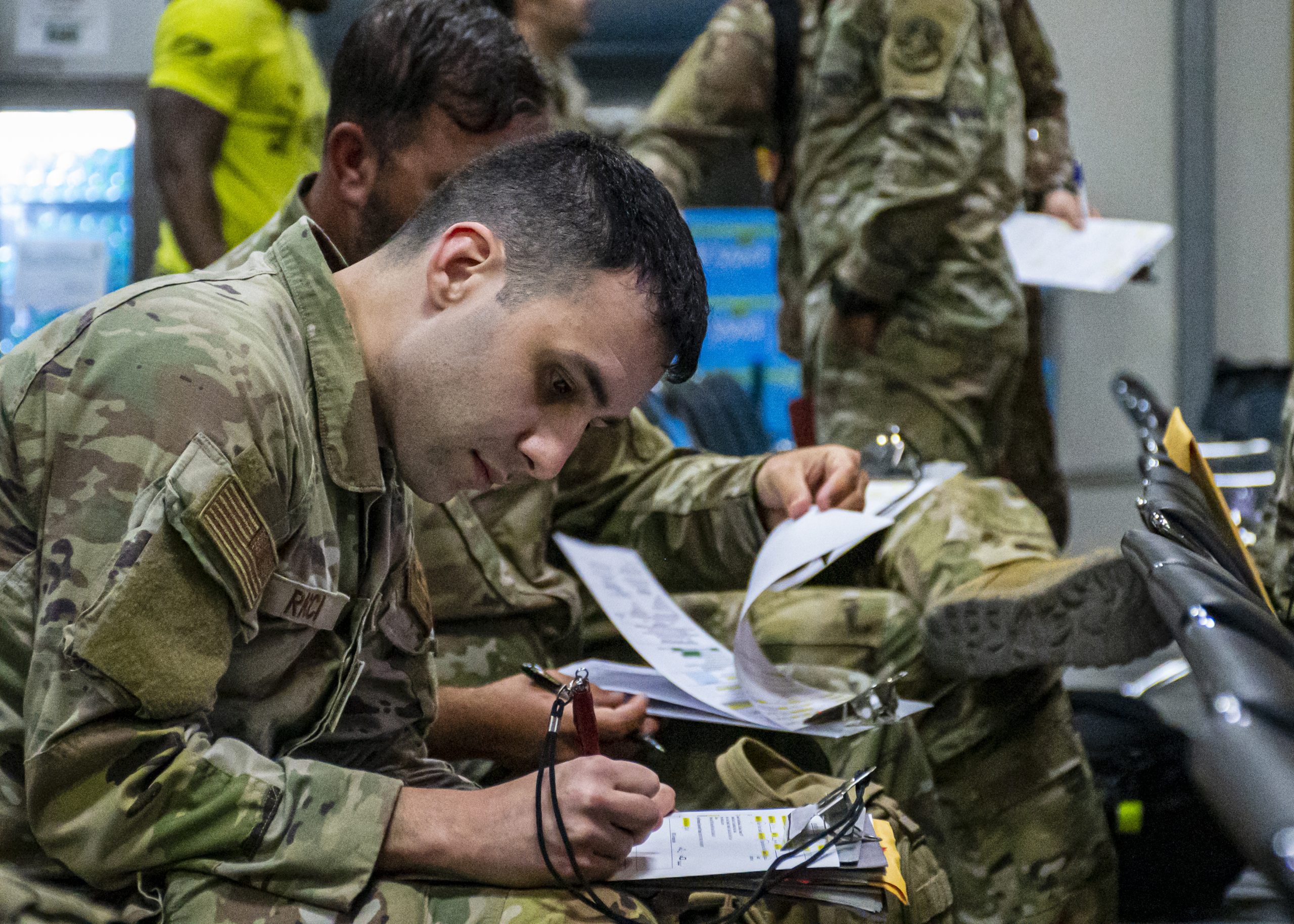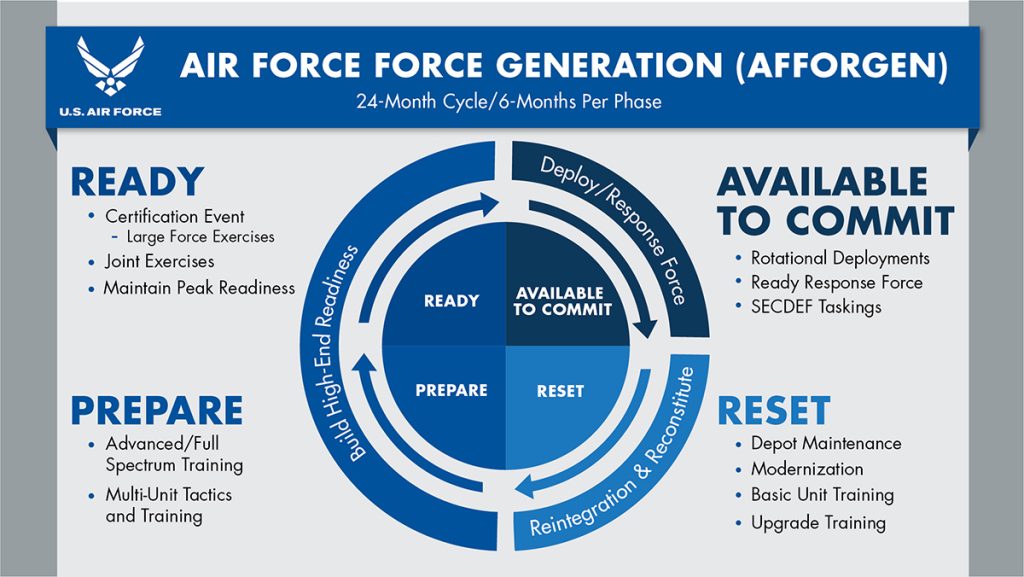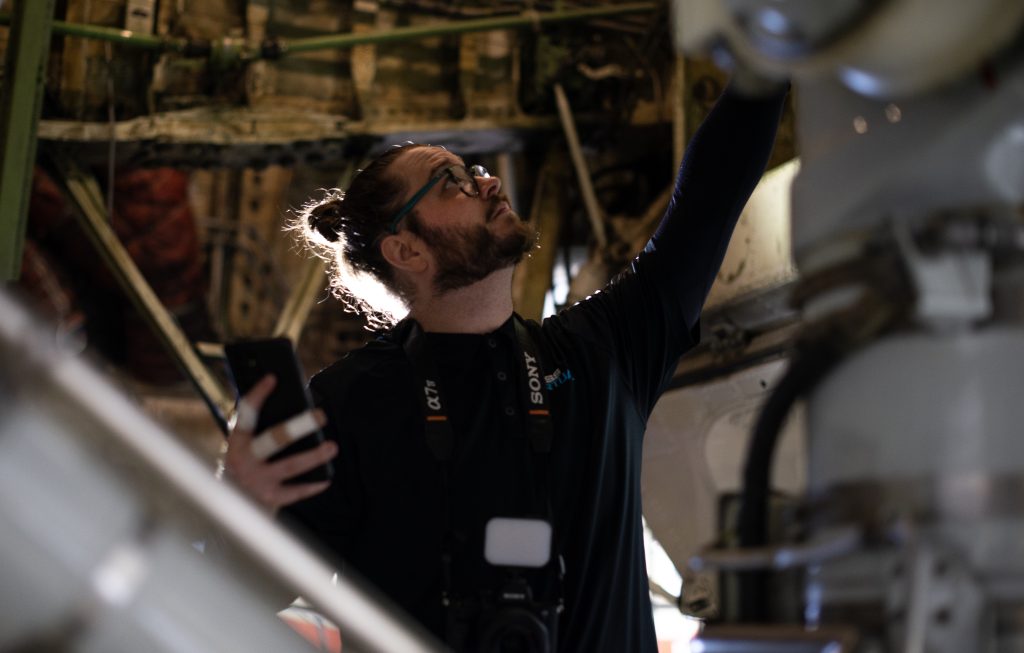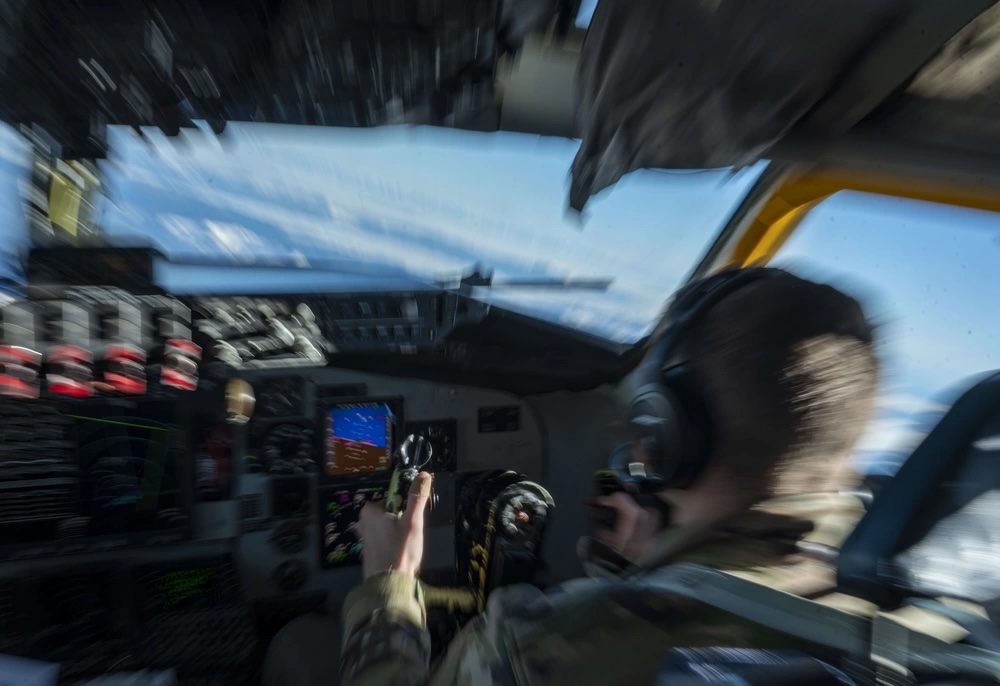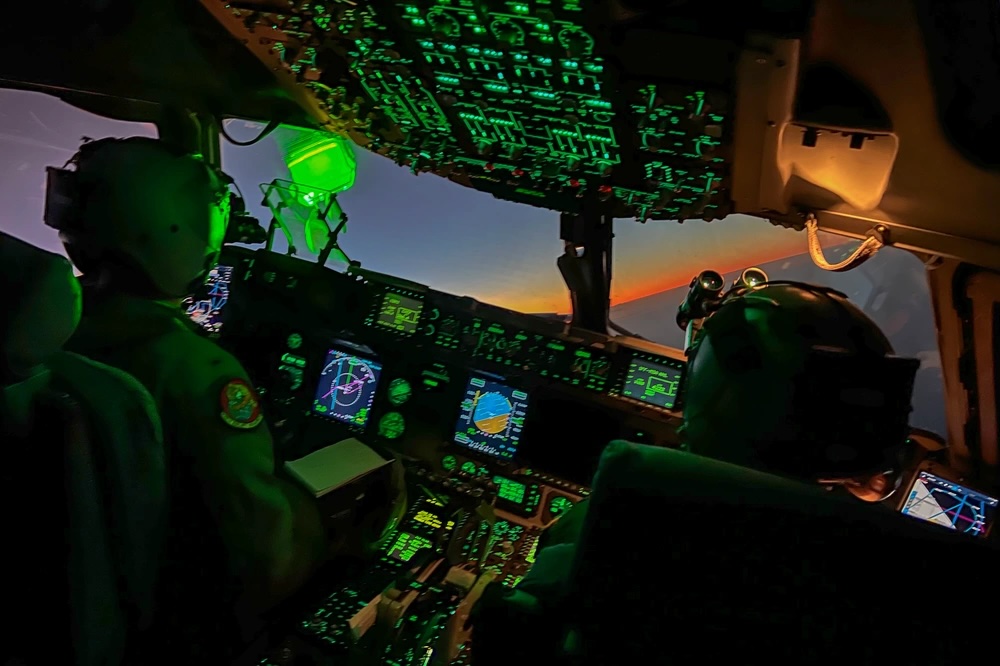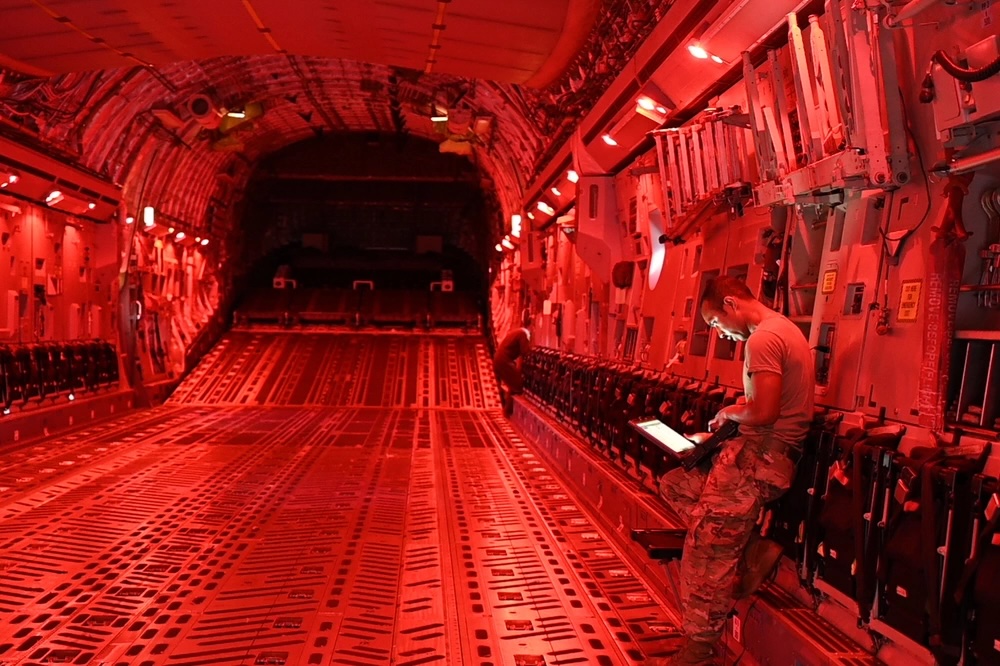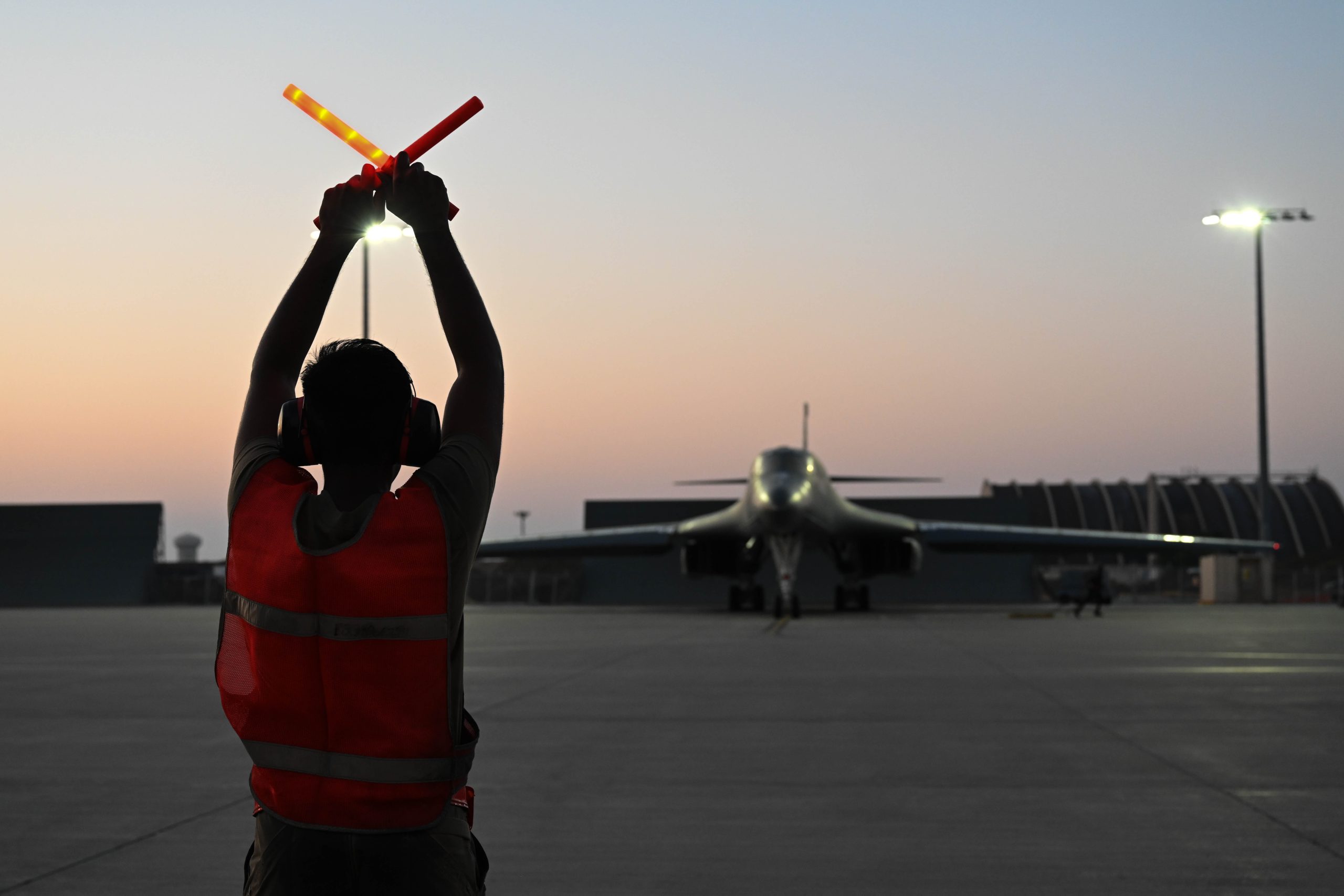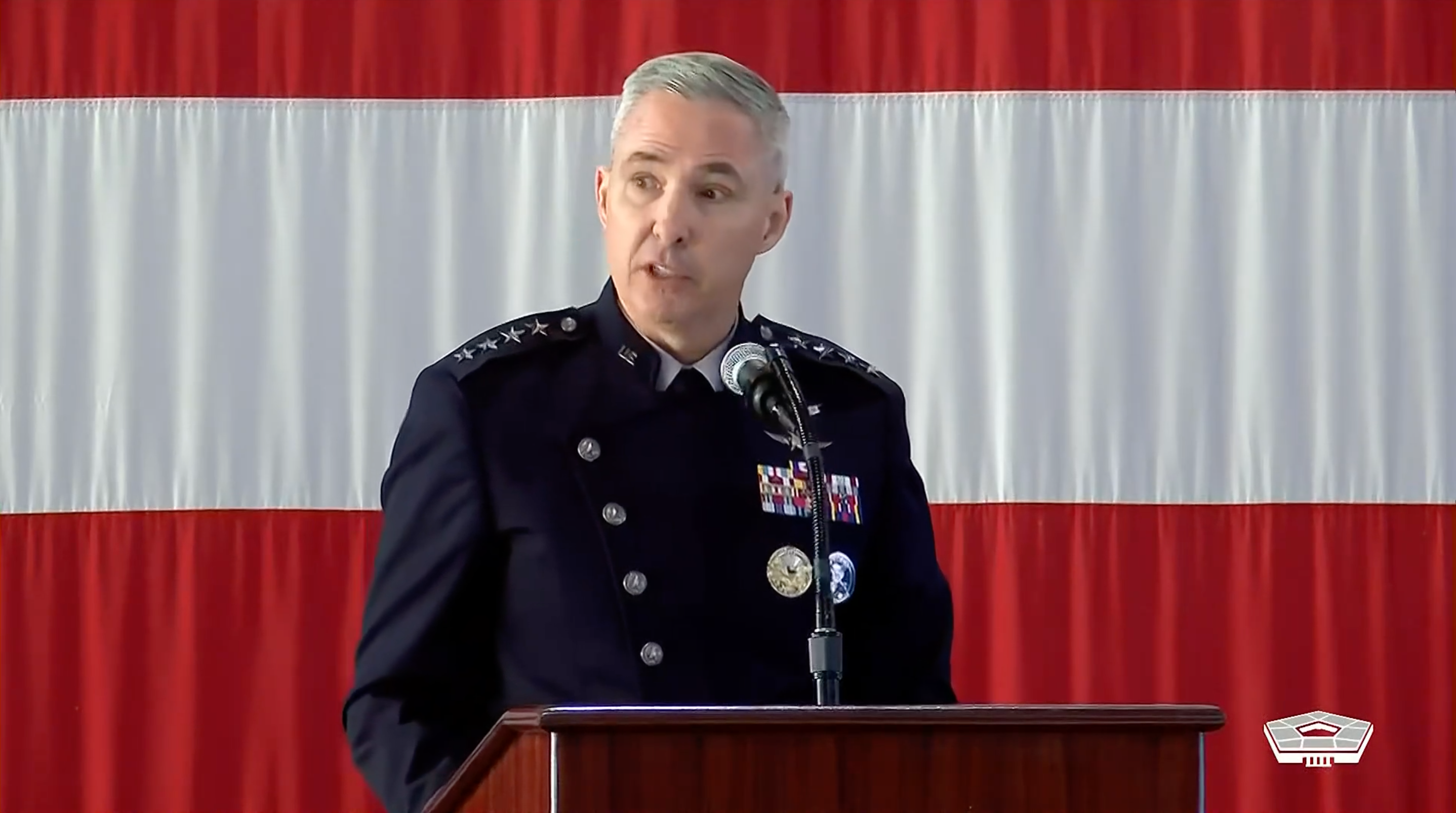The Air Force has chosen Selfridge Air National Guard Base, Mich. as the preferred location of a dozen new KC-46A Pegasus refueling aircraft. After an environmental impact analysis in 2025 and final approval, the base will welcome the fleet’s arrival starting in 2029, set to replace the A-10 Thunderbolts and KC-135 Stratotankers currently stationed at Selfridge.
Securing these new tankers is “a huge win for Selfridge, Macomb County, and our entire state,” Sen. Gary Peters (D-Mich.) said Jan. 12 via X, formerly known as Twitter. “This decision will not stop me from pushing to bring a new fighter mission to Selfridge as well.”
The base’s potential for hosting a separate fighter mission remains, as the Air Force’s updated release on Jan. 12 indicated that Selfridge is open to consideration for fighter aircraft or other assignments. The A-10s positioned at Selfridge will phase out starting in 2026, while the KC-135s are slated for divestment beginning in 2027.
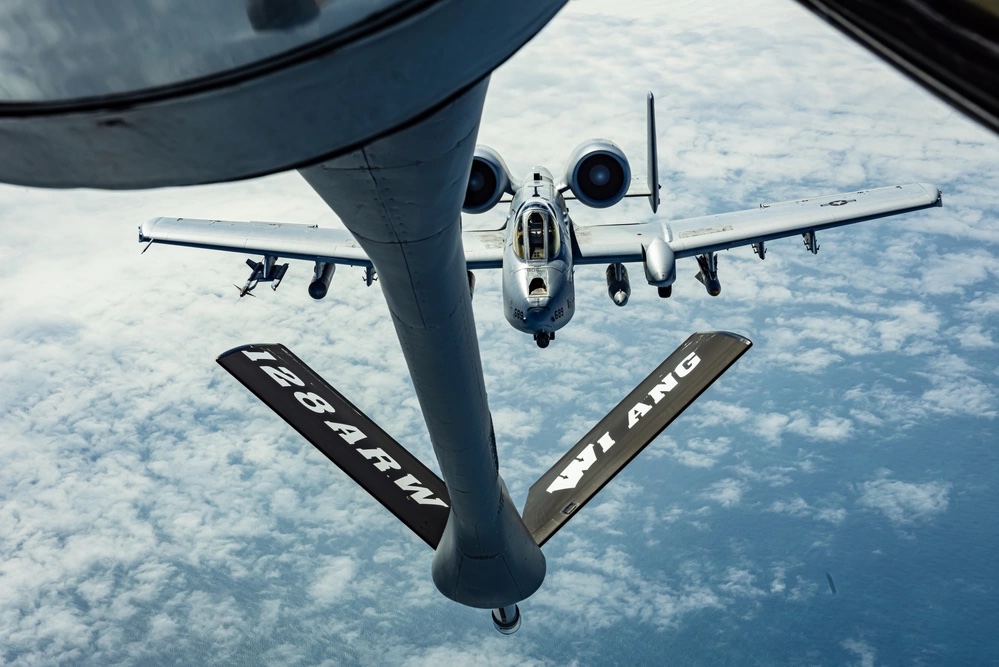
For years, Peters has been urging the service to designate the base as the home for the new tanker squadron and a new combat aircraft mission to replace the aging A-10s. In December, Peters urged the House and Senate Appropriations Committees to fund more fighter aircraft, like the F-15EX, at Selfridge in the 2024 defense appropriation bills, in a joint letter signed by Sen. Debbie Stabenow (D-Mich.).
Peters had previously voiced disapproval of the Pentagon’s decision to allocate the F-35 training center to Arkansas’s Ebbing Air National Guard Base. He contended that Selfridge has superior qualifications, surpassing all mission requirements in infrastructure, runway length, and aircraft shelters.
The Air Force is procuring 179 KC-46As for Air Mobility Command from Boeing in a fixed-price contract to replace half of the aging KC-135 fleet. The Pegasus, a heavily modified Boeing 767, offers increased fuel capacity, improved efficiency, and enhanced cargo and aeromedical evacuation capabilities compared to the 50-year-old Stratotankers.
The tanker took its inaugural flight in 2014, and the first batch of KC-46A was delivered to McConnell Air Force Base in Kansas in 2019. Boeing has provided 76 KC-46As to date, with an additional $2.3 billion awarded in November for 15 KC-46s delivery scheduled for mid-2027.
Congress had prohibited the Air Force from retiring operational KC-135s until FY23 to address capacity gaps resulting from KC-46 delays. The USAF intends to extend the tanker’s service life by a decade, retaining some of them until at least 2050.
As for the A-10 Thunderbolt IIs, the branch retired 21 of the aircraft last year, decreasing the total inventory from 281 to 260. Despite concerns about the aircraft’s survivability against advanced adversaries, U.S. Central Command have utilized Warthogs to meet fighter squadron needs in the Middle East. The aircraft carried out missions in the region during the recent conflict between Israel and Hamas.
